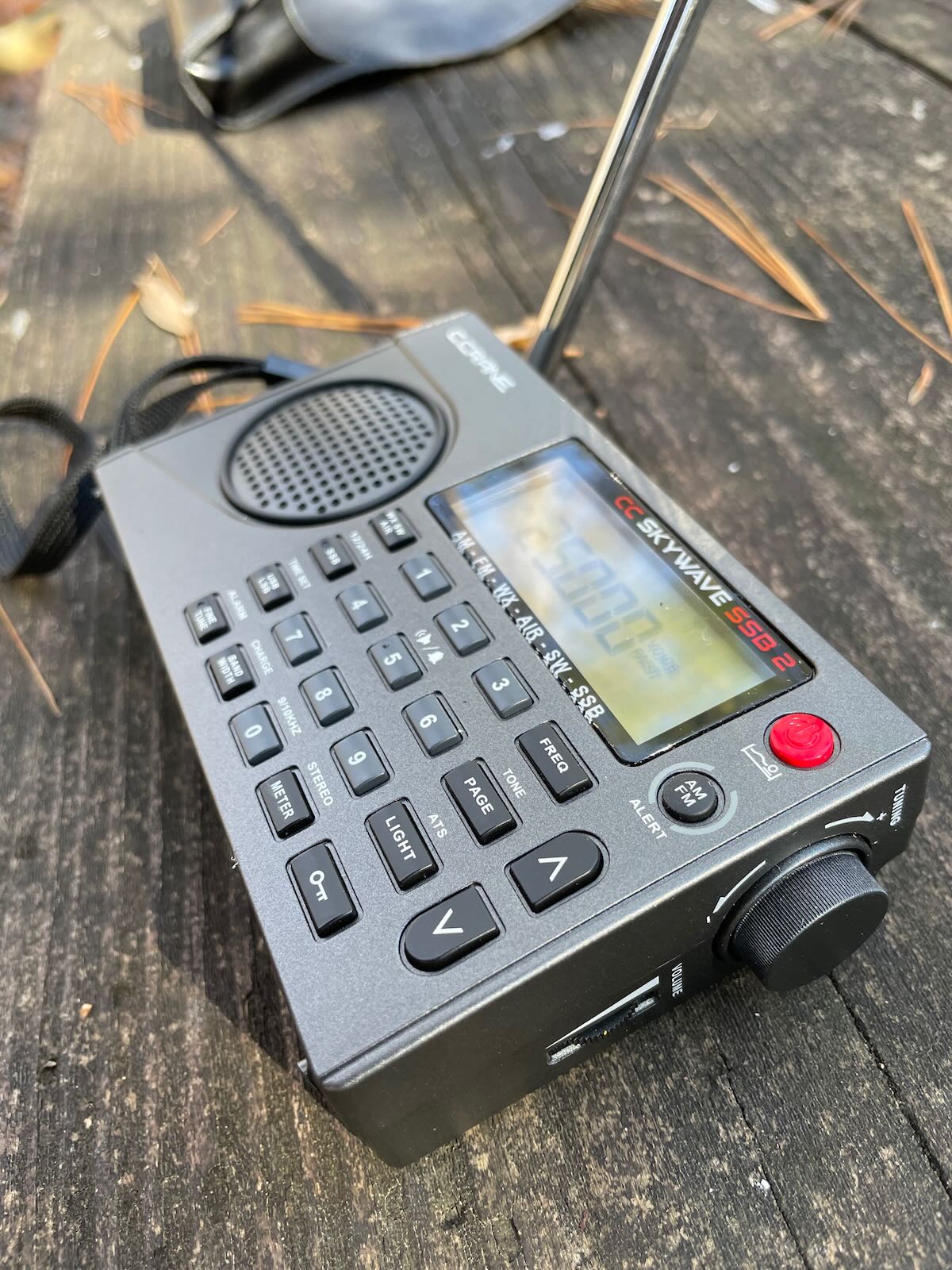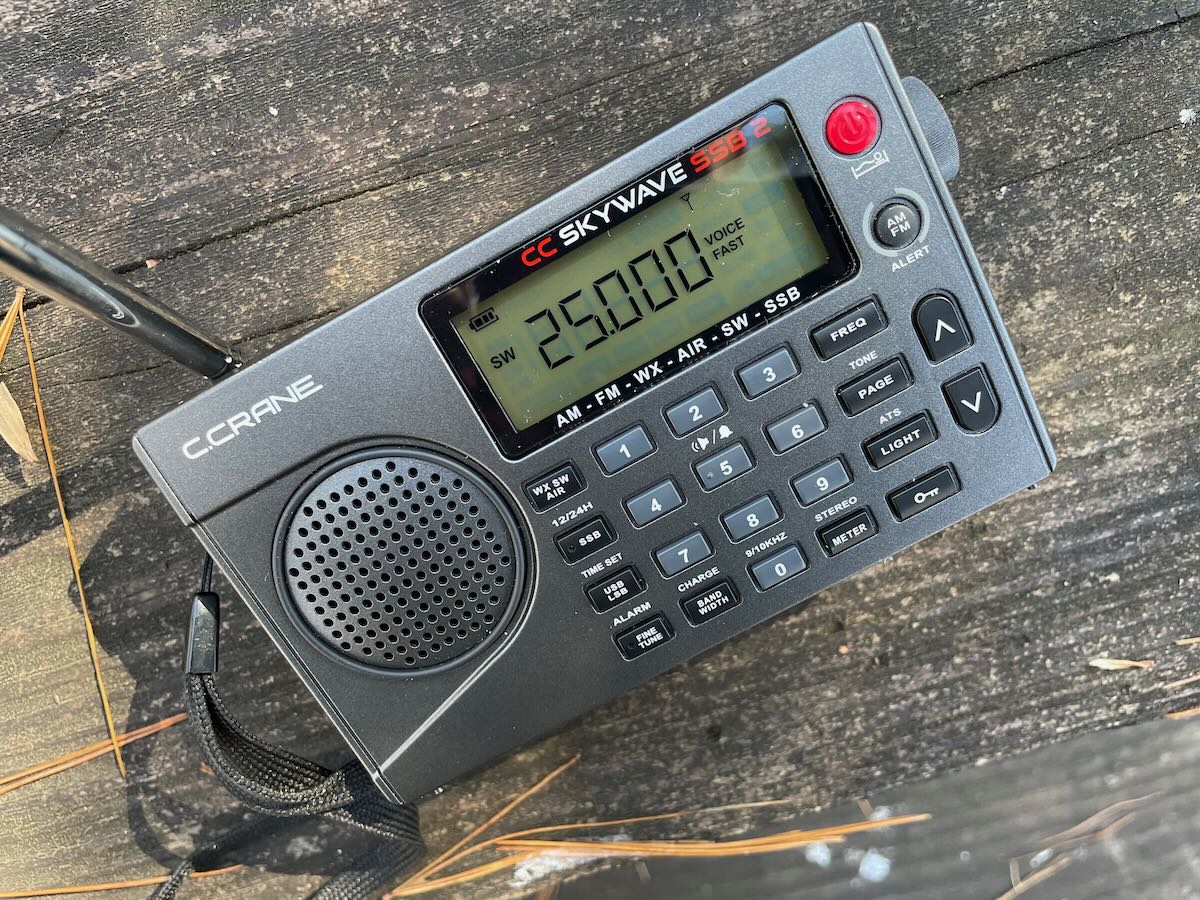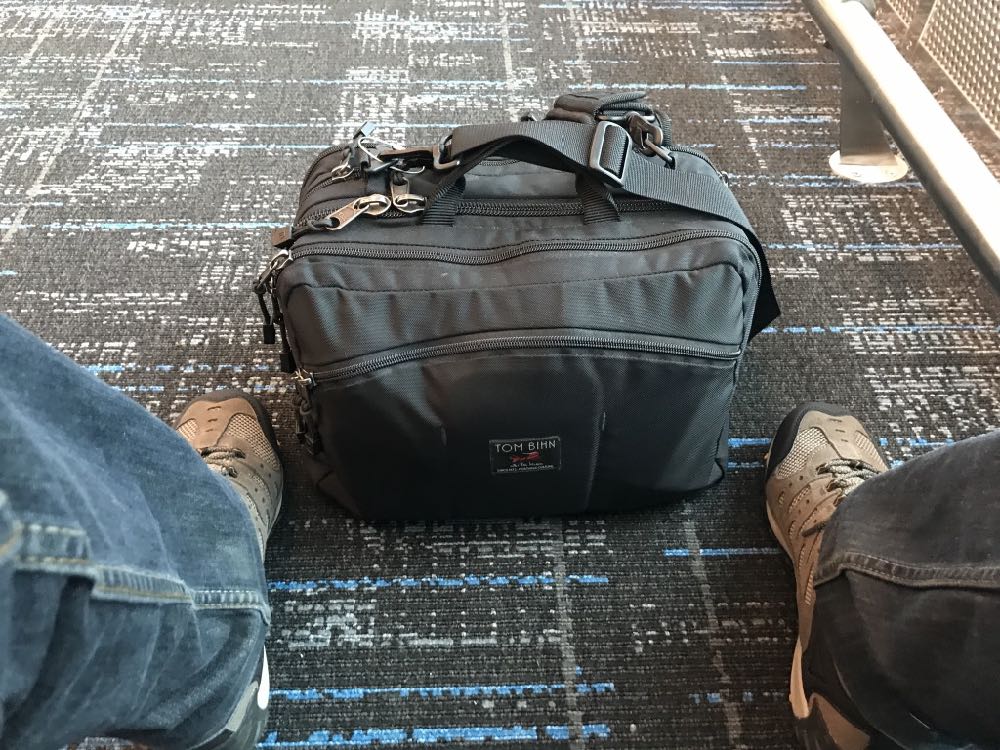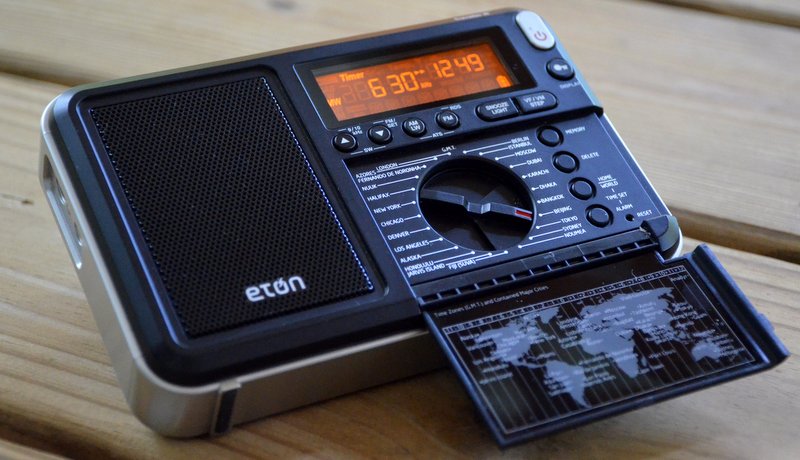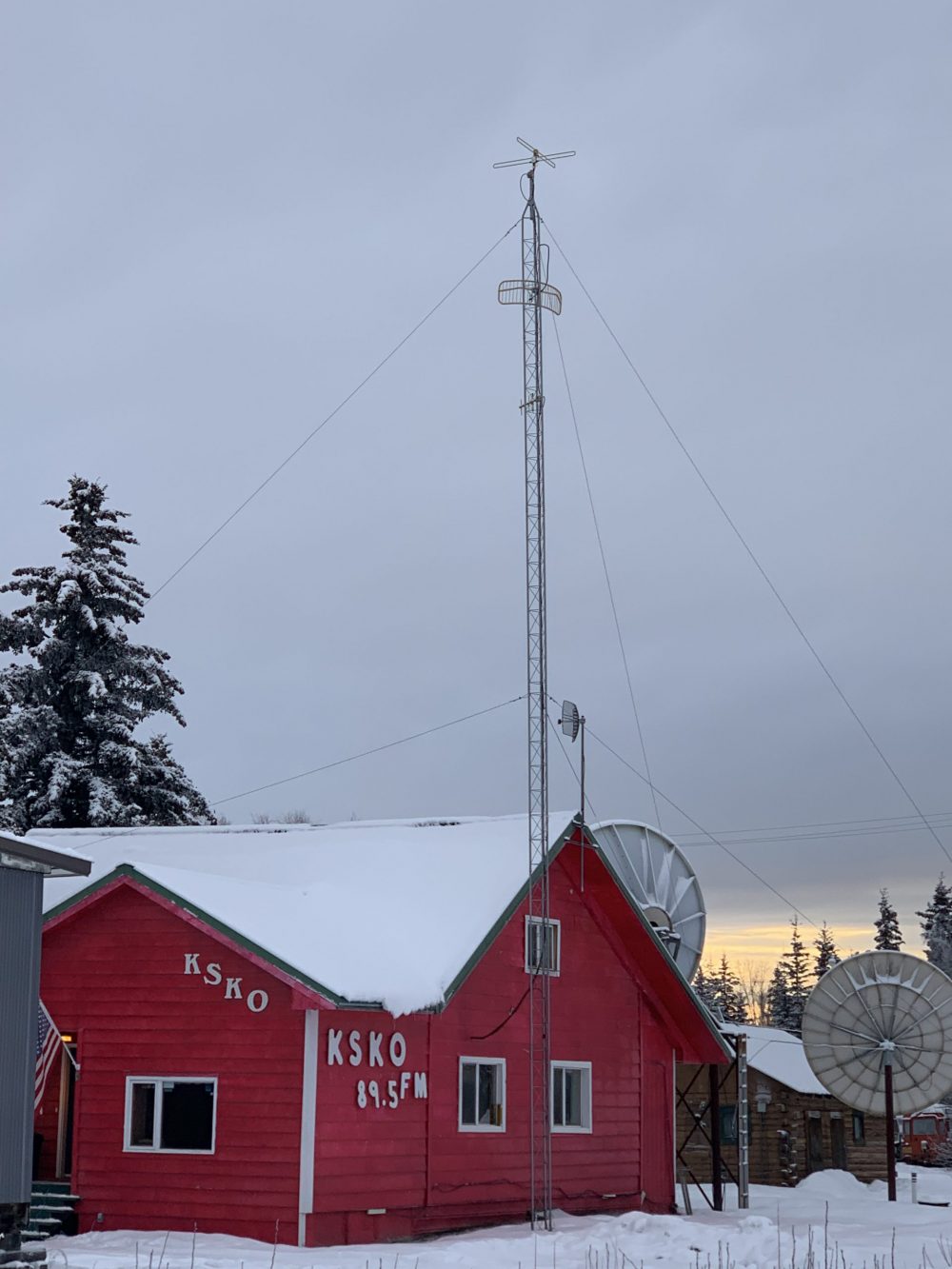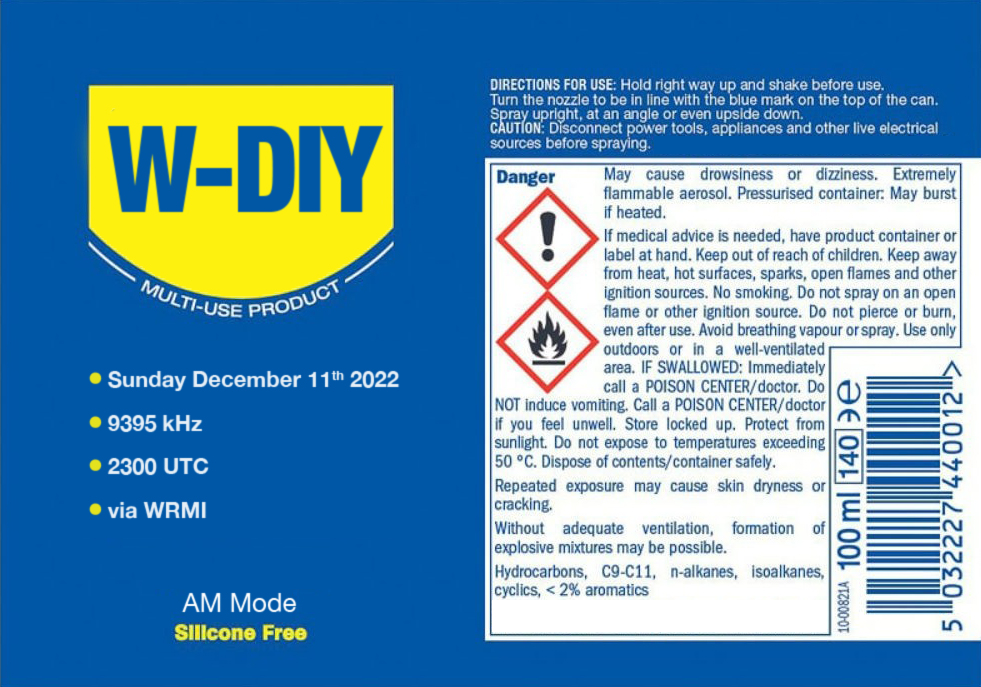Many thanks to SWLing Post contributor, Gayle Van Horn (W4GVH), who shares the following announcement:
 19th Edition of the Global Radio Guide (Winter 2022-23) Now Available
19th Edition of the Global Radio Guide (Winter 2022-23) Now Available
Small moves and gradual escalation.
Positioning resources so that at the perfect moment, a move can be made to ensure a swift victory.
This is no game of chess, this is the real-world and real-time tensions playing out in the Taiwan Straits every day.
With tensions between Taiwan and China on the rise, and with the Russian-Ukrainian war raging on, radio hobbyists are following the latest news from the front lines using shortwave broadcasts and various other radio services. You can hear these international events like the pros do, but you will need an accurate and comprehensive global radio guide to know where and when to tune in to the action.
That is where you can count on Gayle Van Horn’s (W4GVH) Amazon bestselling Global Radio Guide (now in its 19th edition for the Winter of 2022-23) as it has all of the details you need to catch up with the latest from these and other hotspots around the world.
As one of the only remaining publications available with international broadcast frequencies and schedules, the Global Radio Guide (GRG) puts everything a radio enthusiast needs to navigate the action right in their hands.
In this completely updated edition, regular GRG contributor Fred Waterer (also of The Spectrum Monitor) post features on monitoring the international broadcasters at the very forefront of the events. Larry Van Horn, N5FPW, adds his detailed information on monitoring of utilities on the shortwave bands, including military communications.
With the help of the GRG, you can tune in shortwave broadcast stations from additional hotspots such as Cuba, India, Iran, North/South Korea, and many other counties. If you have a shortwave radio receiver, SDR or Internet connection, pair it with this unique radio resource to know when and where to listen to the world.
This newest edition of the GRG carries on the tradition of those before it with an in-depth, 24-hour station/frequency guide with schedules for selected AM band, longwave, and shortwave radio stations. This unique resource is the only radio publication that lists by-hour schedules that include all language services, frequencies, and world target areas for over 500 stations worldwide.
The GRG includes listings of DX radio programs and Internet website addresses for many of the stations in the book. There are also entries for time and frequency stations as well as some of the more “intriguing” transmissions one can find on the shortwave radio bands.
In addition to the global hotspots, the GRG brings the world to you from other places on the radio dial.
It’s not just the shortwave bands heating up, mediumwave DXing has seen a surge in popularity in recent years as well. For those DXing the lower bands, DX Central’s Loyd Van Horn, W4LVH, breaks down the basics of getting started with mediumwave DX and even gives us a fun summer project does a deep dive into everything you need to know when purchasing a portable radio for AM DX. While SDRs are taking over, portable radios remain popular and highly successful options for the mediumwave DXer and Loyd can help you sort through the specs and stats to find your next radio!
Whether you monitor shortwave radio broadcasts, mediumwave, amateur radio operators, or aeronautical, maritime, government, or military communications in the HF radio spectrum, this book has the information you need to help you to hear it all. Teak Publishing’s Global Radio Guide “brings the world to you.”
You can find this edition of the Global Radio Guide, along with all of our titles currently available for purchase, on the Teak Publishing Web site at www.teakpublishing.com. Details will be available at www.teakpublishing.com.
The 19th edition of the Global Radio Guide e-Book (electronic book only, no print edition available) is available worldwide from Amazon and their various international websites at
https://amzn.to/3UIcJqz
The price for this latest edition is US$8.99. Since this book is being released internationally, Amazon customers in the United Kingdom, Germany, France Spain, Italy, Japan, India, Canada, Brazil, Mexico and Australia can order this e-Book from Amazon websites directly servicing these countries. Customers in all other countries can use the regular Amazon.com website to purchase this e-Book.
You can read any Kindle e-Book with Amazon’s ‘free’ reading apps on literally any electronic media platform. You do not have to own a Kindle reader from Amazon to read this e-book. There are Kindle apps available for iOS, Android, Mac and PC platforms. You can find additional details on these apps by checking out this link to the Amazon website at www.amazon.com/gp/feature.html?ie=UTF8&docId=1000493771.

